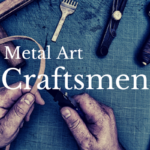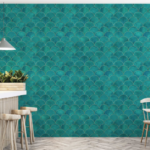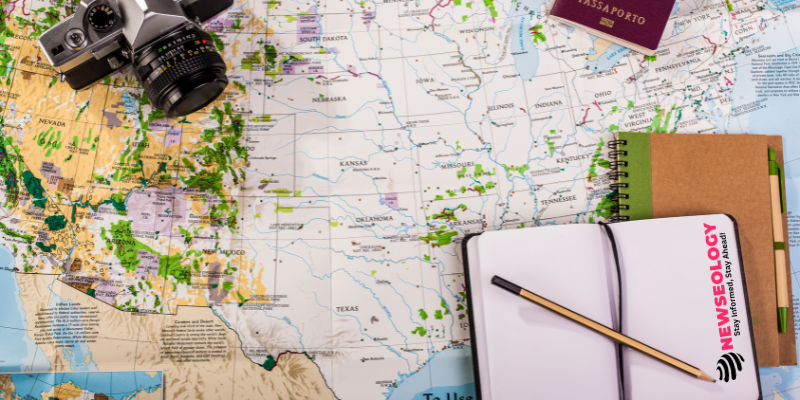Art of the Zoo Creative Interpretations of Wildlife Wonders
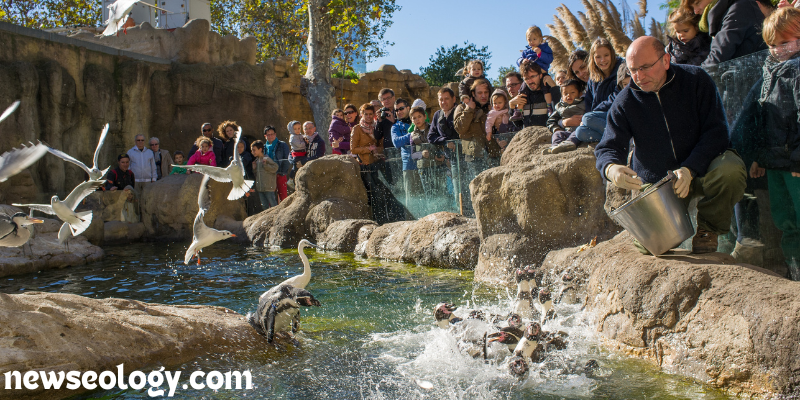
Art has long been a medium for humans to express their fascination with the natural world. Among the most awe-inspiring subjects in this realm are the majestic creatures that roam our planet’s forests, deserts, and oceans.
Zoos, serving as a bridge between wildlife and urban spaces, offer a glimpse into the natural world while inspiring artists to depict animals in unique and innovative ways.
The phrase “Art of the Zoo” captures this fusion, where artists reinterpret wildlife with various mediums, blending creativity and nature. The diverse ways artists interpret zoo wildlife, showcasing the connection between artistic expression and the animal kingdom.
The Historical Roots of Wildlife Art
Wildlife has been a major subject in art for centuries, dating back to cave paintings and ancient civilizations. The fascination with animals transcends cultures and periods, from the meticulous animal depictions in Egyptian art to the majestic animal carvings in Indigenous totems.
Over time, zoos became central locations for observing rare species, allowing artists to study and portray these creatures up close.
Artists used zoos as inspiration for lifelike representations of wildlife, bringing a blend of realism and imagination to their works.
As we move into modern times, this connection has evolved into more creative interpretations, setting the stage for today’s Art of the Zoo.
Art and Conservation: Advocating for Wildlife Protection
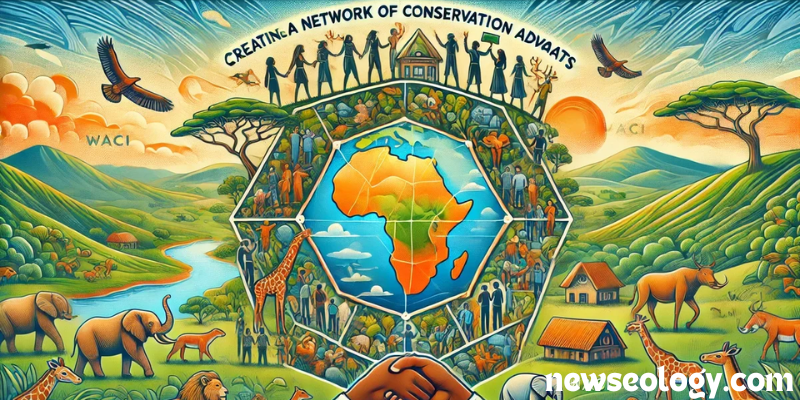
One of the key intersections between art and the zoo is the role of art in promoting conservation. Zoos today are at the forefront of wildlife preservation, and artists often use their work to highlight endangered species and raise awareness of environmental threats.
Art of the Zoo plays a crucial role in spreading the message of conservation, as visual art can stir emotions and bring attention to causes that written words might fail to achieve.
Through murals, paintings, sculptures, and digital media, artists convey the urgent need for preserving biodiversity. Whether it’s capturing the beauty of a tiger’s stripes or a gorilla’s soulful gaze, these artistic endeavors often support global conservation efforts.
Zoo-Inspired Sculpture: Capturing the Essence in Three Dimensions
Sculptures inspired by zoo animals present a dynamic way to engage with wildlife through tactile art.
Artists working with materials like metal, wood, clay, or recycled objects bring zoo animals to life in remarkable forms. Art of the Zoo in sculpture adds a dimensional quality that paintings and drawings may lack, allowing viewers to engage with the piece on a physical level.
These sculptures often showcase animals in their most majestic, lifelike forms, while others present abstract interpretations, emphasizing different textures, shapes, or emotions tied to the creatures.
Wildlife Through the Lens: Zoo Photography as an Art Form
Photography is another crucial medium within the “Art of the Zoo.” Animal photography captures creatures in intimate, unexpected moments—revealing behavior, emotions, and the raw beauty of wildlife.
Modern zoos often collaborate with photographers to document animals, whether for scientific study or artistic appreciation. These works often display the intense expressions of animals in moments of rest or action, showing both vulnerability and strength.
Wildlife photographers use their art not only to highlight the majesty of zoo inhabitants but also to advocate for their protection in the wild.
Children’s Art of the Zoo: A New Generation of Wildlife Enthusiasts
Children’s imaginations offer a unique perspective on zoo animals. Art programs and workshops organized in zoos allow children to explore their creativity while learning about wildlife.
These activities encourage young minds to represent animals in ways free from the constraints of realism, often resulting in playful, colorful interpretations.
These works are a testament to how the “Art of the Zoo” can inspire future generations to appreciate, protect, and respect the natural world. Kids’ zoo-inspired artwork, often exhibited in public galleries or zoos, brings fresh, uninhibited energy to the theme of wildlife.
Digital Art and the Zoo: A Fusion of Technology and Nature
With the advent of digital tools, the “Art of the Zoo” has taken on new dimensions. Artists are now using technology to create immersive digital experiences that showcase wildlife in ways previously impossible.
These digital works, from 3D animations to virtual reality simulations, allow viewers to interact with zoo animals in hyper-realistic or fantastical environments.
These pieces not only elevate the art form but also provide educational tools for deeper engagement with wildlife conservation. With virtual tours and digital zoo art exhibitions, the zoo experience is extended beyond physical boundaries.
Zoo Murals Bringing Wildlife to Urban Spaces
Murals depicting zoo animals have become iconic forms of public art. Urban spaces are often adorned with giant murals of animals, helping to remind city dwellers of the connection between humans and nature.
Many zoos commission mural artists to create works on the sides of buildings, walls, and enclosures, transforming mundane spaces into vibrant showcases of wildlife art.
The sheer scale of these murals often mirrors the grandeur of the animals they portray, turning these spaces into canvases that celebrate life, biodiversity, and the bond between humans and the animal kingdom.
The Role of Zoos in Nurturing Artistic Talent
Zoos are more than just centers of conservation and education; they also serve as creative hubs for artists. Many zoos now offer residencies and artist-in-the-zoo programs, allowing creators to work on-site, drawing direct inspiration from the animals and their environments.
Artists who participate in these programs can create unique, zoo-inspired pieces that are showcased in gallery spaces within the zoo itself.
This collaboration between the zoo and the art world helps promote the message of wildlife conservation while supporting artists in their creative endeavors.
Abstract Art of the Zoo: The Power of Imagination
Not all wildlife art adheres to realism. Abstract interpretations of zoo animals take the viewer beyond the literal representation, focusing on emotional and symbolic connections.
Artists may choose to highlight specific features, like the fluidity of an elephant’s trunk or the energy in a cheetah’s movement, through abstract lines, colors, and forms.
This branch of the “Art of the Zoo” emphasizes personal interpretation and invites viewers to reflect on the deeper meanings we assign to animals. Abstract zoo art often provokes thought about human-animal relationships and the philosophical role of animals in our lives.
The Future of the Art of the Zoo: Sustainability and Innovation
Looking ahead, the “Art of the Zoo” continues to evolve with a focus on sustainability. Artists are increasingly exploring eco-friendly practices by using recycled materials and non-toxic paints to create their works. Additionally, zoos are collaborating with artists who advocate for sustainable development and environmental awareness.
This approach not only helps reduce the environmental impact of art production but also strengthens the message of conservation inherent in wildlife-inspired art.
As zoos and artists continue to push boundaries, we can expect even more innovative, sustainable, and meaningful expressions of the animal kingdom.
Conclusion
The “Art of the Zoo” is a profound blend of creativity, conservation, and education. Through various artistic mediums, from painting and sculpture to photography and digital art, creators pay homage to the captivating beauty of wildlife.
These works not only capture the physicality of animals but also explore the emotional and philosophical connections we share with the natural world.
As artists continue to reinterpret zoo wildlife in new and exciting ways, the “Art of the Zoo” remains a vital bridge between human culture and the animal kingdom, fostering appreciation and inspiring action for conservation efforts worldwide.
Bounce points
Interactive Art Installations Mention modern art installations at zoos that allow visitors to engage directly with the artwork, such as augmented reality (AR) displays or sensory exhibits.
Famous Artists Inspired by Zoo Wildlife Highlight renowned artists who have created famous works based on zoo animals, such as Pablo Picasso’s bull sketches or Henri Rousseau’s jungle scenes.
Collaborations Between Zoos and Artists Explore real-life examples of zoos partnering with local artists for murals, sculptures, or art exhibitions, showcasing wildlife in innovative ways.
Art Therapy at Zoos Discuss how zoos use art therapy programs for both humans and animals, allowing zoo visitors or staff to connect with animals through art while also promoting animal well-being.
Global Art of the Zoo Movements Touch on international wildlife art movements, like those seen in South Africa’s wildlife reserves or Japan’s minimalist animal paintings, which highlight zoos’ role in these cultures.
Animal-Inspired Architecture at Zoos Mention how zoos integrate animal themes into their architecture, turning enclosures and viewing spaces into works of art.
Eco-Friendly Art at Zoos Explore how zoos incorporate sustainable practices by commissioning sculptures and murals made from recycled materials, contributing to environmental awareness.
Art Sales for Conservation Funding Note how zoos sometimes sell animal-themed art created by local artists to raise funds for wildlife conservation efforts and zoo enhancements.
The Role of Social Media in Zoo Art Discuss how platforms like Instagram or TikTok have boosted the visibility of zoo-inspired artists, making wildlife art more accessible to a global audience.
Animal-Generated Art Highlight unique programs where animals in zoos create art (like elephants painting with brushes), which is later auctioned or exhibited to raise awareness for conservation.
FAQ
What is “Art of the Zoo”?
“Art of the Zoo” refers to artistic expressions inspired by the animals and environments found in zoos.
This can include paintings, sculptures, photography, digital art, and other creative works that interpret zoo wildlife in unique and imaginative ways.
How do zoos inspire artists?
Zoos allow artists to observe wildlife up close, offering an intimate look at various species that might be difficult to encounter in the wild.
Many zoos also provide artist-in-residence programs, offering creators the opportunity to produce zoo-inspired art while on-site.
What role does zoo art play in conservation?
Zoo art often raises awareness about endangered species and the importance of biodiversity. Many artists use their work to advocate for wildlife preservation and contribute to zoo-led conservation efforts by donating proceeds or creating art that educates the public about environmental issues.
How do children participate in zoo art?
Zoos frequently host art workshops, competitions, and exhibitions for children. These programs encourage young minds to explore their creativity while learning about animals, often resulting in playful and colorful interpretations of zoo wildlife.
What types of art are commonly seen in zoos?
Common art forms seen in zoos include sculptures, murals, wildlife photography, digital displays, and even installations made from recycled materials. These works may be displayed in the zoo itself or in associated galleries and exhibitions.
Can animals create art?
Yes, some zoos have special programs where animals like elephants, gorillas, and even penguins create paintings.
These works are often sold to raise funds for conservation projects. The creative process can also serve as enrichment for the animals, stimulating their cognitive and motor skills.
What is the connection between zoos and public art?
Many zoos collaborate with public artists to create large murals or sculptures that decorate zoo buildings and enclosures. These public art pieces often celebrate the beauty and diversity of wildlife while also transforming urban areas into vibrant, nature-themed spaces.
How does digital art play a role in the “Art of the Zoo”?
Digital art is an emerging field in zoo-inspired art. Artists use tools like 3D modeling, animation, and augmented reality (AR) to create interactive experiences that allow viewers to engage with wildlife in new and exciting ways, sometimes virtually visiting animals or learning about their habitats.
How do zoos support artists?
Many zoos offer artist residencies, exhibitions, and commissions for wildlife-inspired art. This allows artists to work closely with animals, gain exposure through zoo visitors, and promote conservation through their creations.
Can I buy zoo-inspired art?
Yes, many zoos host gift shops, art galleries, or online platforms where visitors can purchase zoo-inspired artwork. Proceeds from these sales often support zoo conservation efforts, making the art both a beautiful addition to your collection and a way to help protect wildlife.






